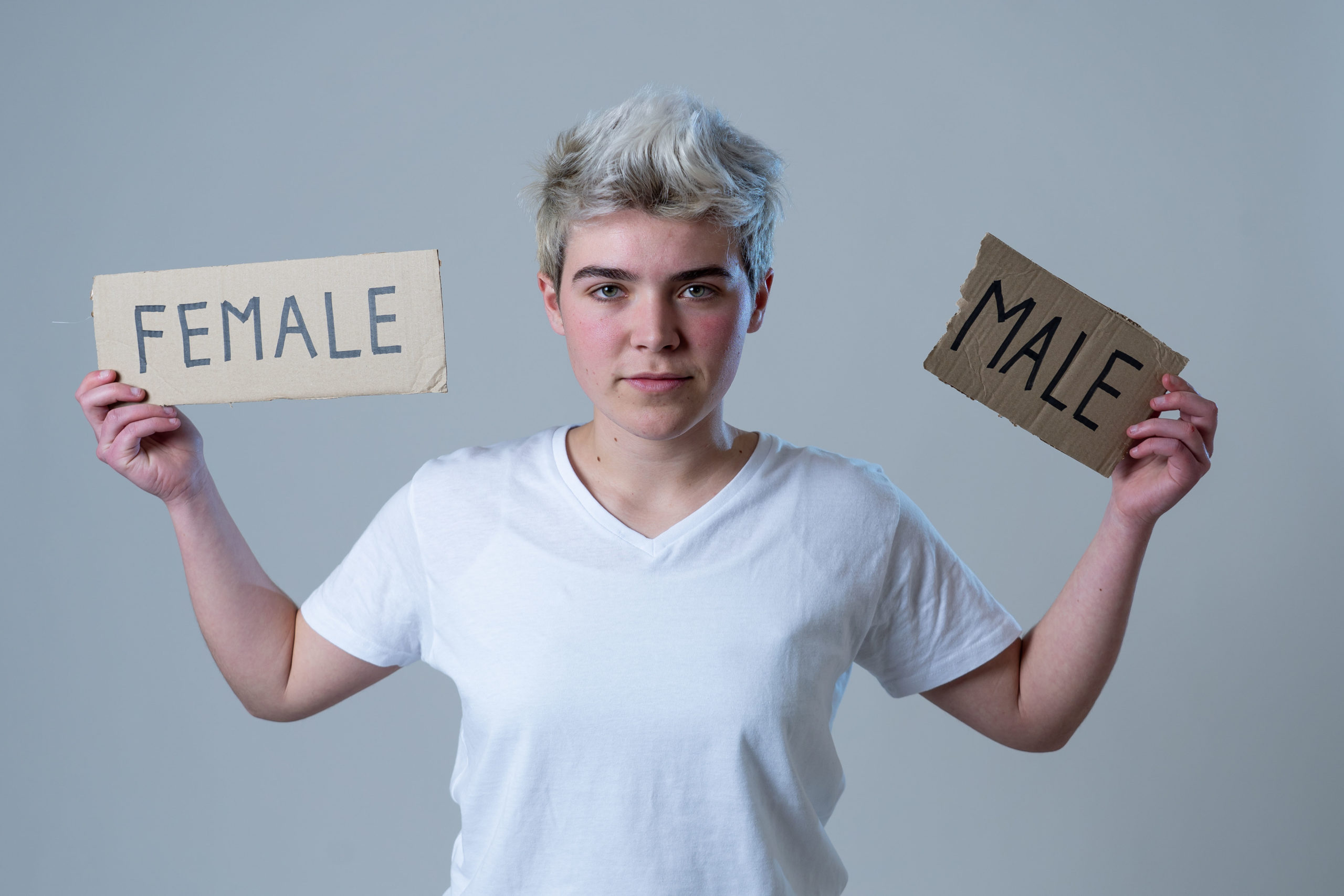By Planned Parenthood of Arizona Education Team —
If there is one thing we would like everyone to understand about bodies and sexuality, it is that everyone is different! Meaning, there is no one way to have a body and no one type of sexuality. Rather, we are all connected in that we all have bodies and we all have a version of sexuality that lives in our bodies. That means that almost everything about us is considered normal. That’s right- your new pubic hair (or lack thereof) is completely normal. Your sexual interest in new things (or lack thereof) is completely normal. And your feelings toward sex with others (whether you’re super curious, completely disinterested, or somewhere between) is…you guessed it, completely normal! The SHARE Institute at Planned Parenthood Arizona supports comprehensive, inclusive, and sex positive education that is grounded in normalizing all bodies and sexuality. One of our favorite resources that helps to normalize all bodies and all versions of sexuality is the book, Come As You Are by Dr. Emily Nagoski. Below we are going to break down three ideas about sexuality and bodies from this book that help us understand there is a wide range of normal when it comes to this stuff.
Did you know, we all have the same parts, (AKA: genitalia), they’re just organized in different ways? That’s right! Dr. Emily Nagosaki shares that all genitals are the exact same until 6-weeks into gestation (pregnancy). It’s at this point that our same genitals begin to form and organize differently. For example, “all genitals have a round-ended, highly sensitive, multi-chambered organ to which blood flows during sexual arousal. On female configurations, it’s the clitoris; on male configurations, it’s the penis” (p. 20). All genitalia come from the same biological origin, but may have different functions and are differently organized. Because of this, no two genitals look alike. Penises and vulvas come in all shapes, colors, sizes. There is a beauty in the uniqueness of your body- and with that, the comfort in knowing you are developing just as you should, with all the right parts! You and your body are normal!
There is virtually no such thing as a universal sexually relevant stimulus or threat. Meaning, there is no one specific way a person is turned on or turned off. Instead, we all have what Dr. Emily Nagosaki calls, “accelerators” and “brakes”. Unlike car accelerators and brakes that are machine-made to function one specific way, your body’s accelerators and brakes are built through experience, and that learning process for what is arousing or displeasing sexually is different for everyone (p. 69). For example, your cultural affiliations (family, religion, media, friends, extracurricular activities) and the experiences you have will influence your sexuality. In other words: your sexual interests and disinterests- from the things that peak your curiosity (or not) to the people that you’re attracted to (or not) are valid and totally normal, AND also likely to shift as you go through life and have more experiences. Sexuality is a lifelong aspect of being human.
Finally, it’s normal to feel confused or have mixed feelings about your body and your sexuality. You are constantly receiving conflicting messages about sex (be sexy but not slutty, be experienced but innocent, etc.) Trying to process these messages, fit in, understand your own desires and experiences- it can make things quite fuzzy. But the more aware you are of these conflicting messages (or messages that do not support/include your experiences) the more choice you have toward accepting those messages and using them to help you make sense of things, or ignoring them. Just know that if you ever have any questions or concerns about your body or sexuality, or you are seeking validation- Planned Parenthood Arizona has the resources to help you navigate these exciting, but sometimes rough, waters.
Just remember: You are strong. You are empowered. You are a sexual being. You are normal. You are enough.

